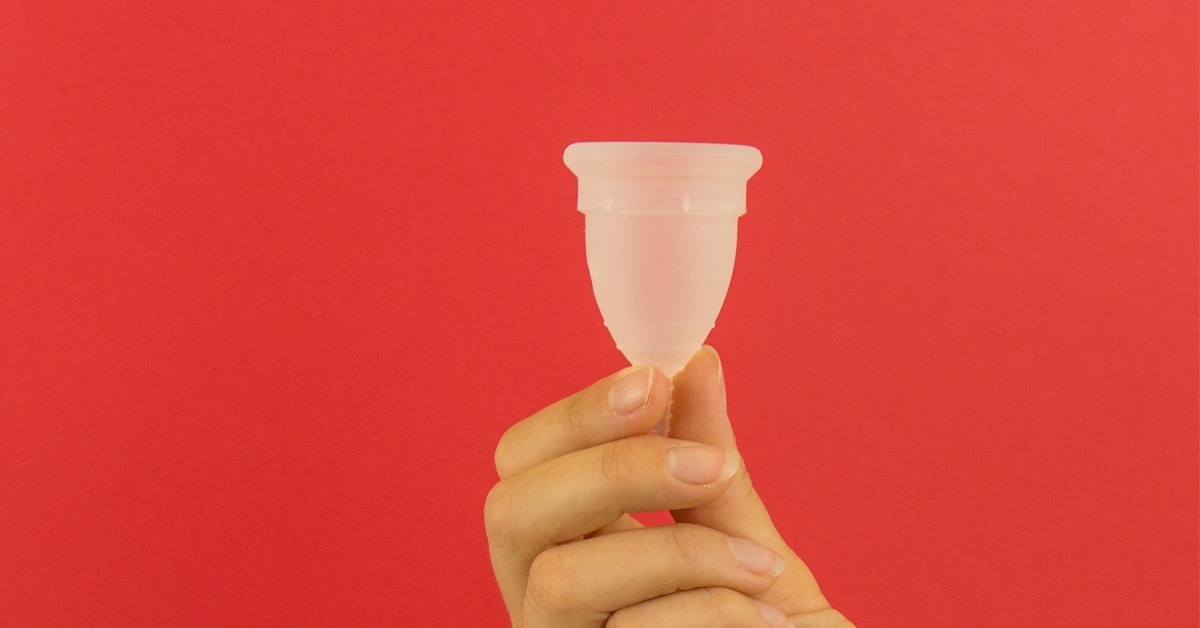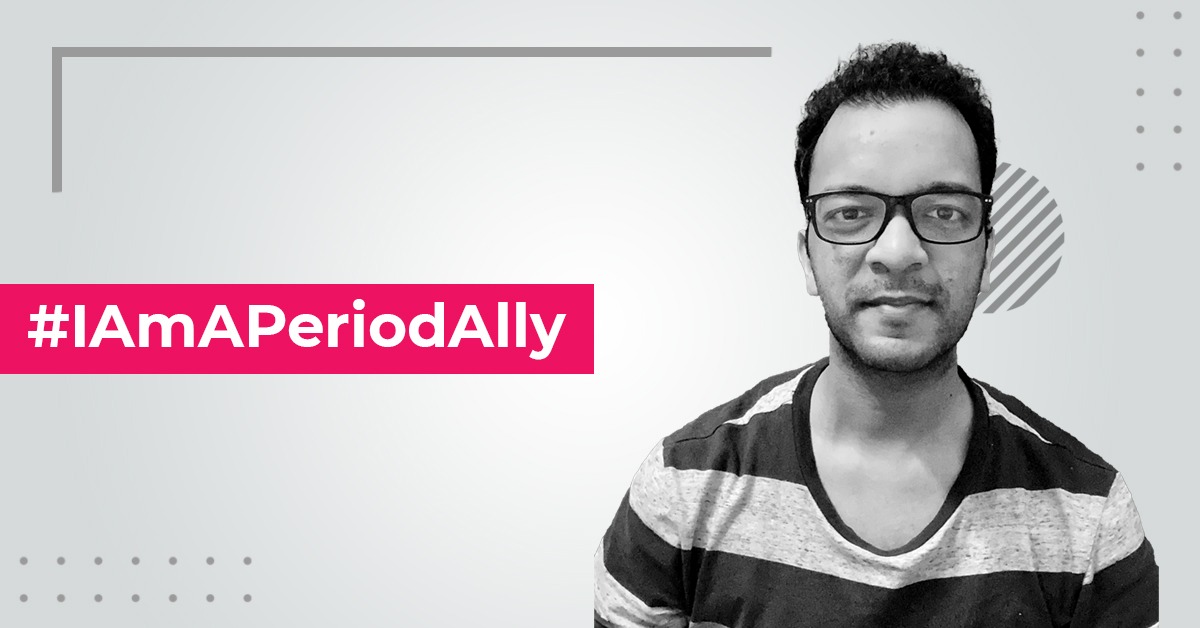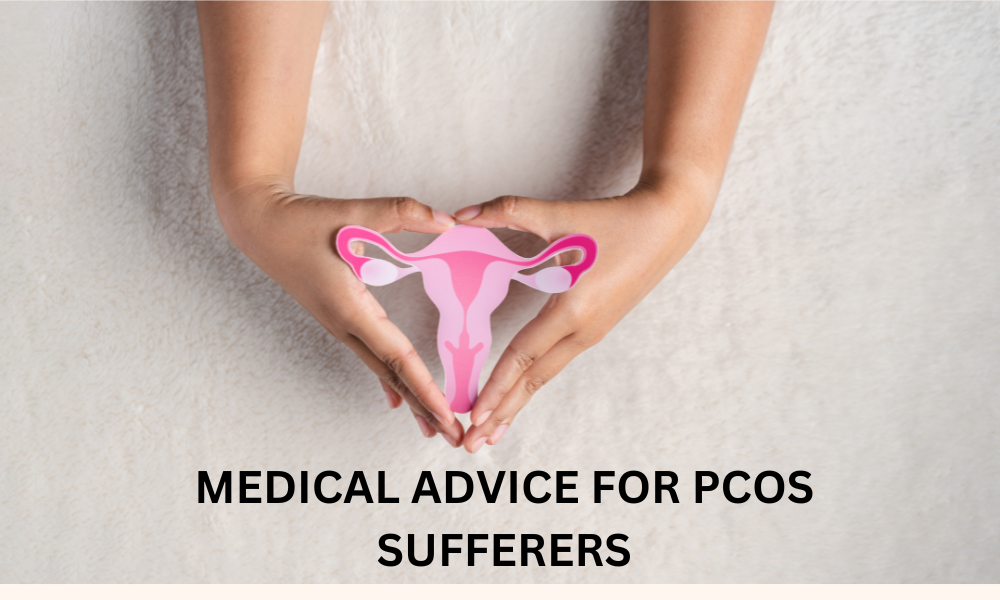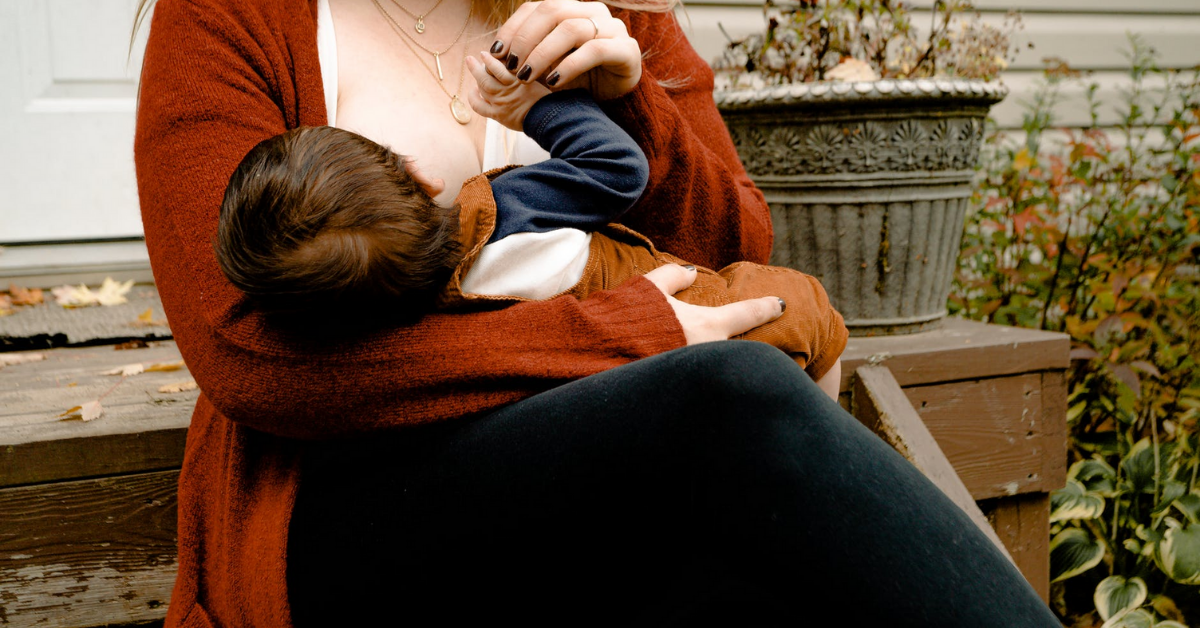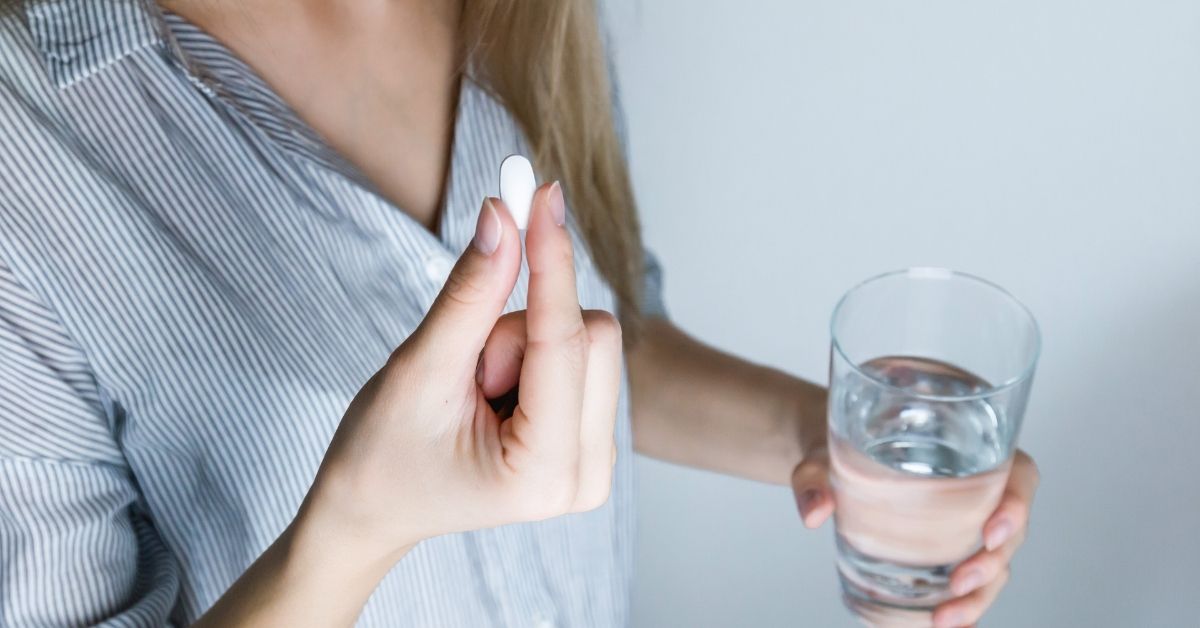Imagine having a small bell-shaped period product that sits fine at the base of your cervix and soaks in all the blood during periods. A mess-free alternative that saves you from spotting and leakage without making a hole in your pocket. A Menstrual cup does it all for you. Yes, that is for real!
Hereon, we will talk all about menstrual cup to dispel all your doubts and unravel the enigma around this mystery period product.
What is a menstrual cup?
Basically, a menstrual cup is a bell-shaped period product made of medical-grade silicone free from any nasty chemicals to keep any harm off limits. It is inserted into the vagina during menstruation. It collects menstrual fluid along with other fluids. Interestingly, a menstrual cup can last up to a decade if you use it the right way and secondly if you don’t lose it.
How to choose a chemical-free menstrual cup?
Most menstrual cups are made of medical-grade silicone. The material used for making menstrual cups are tested for bio-compatibility and are appropriate to be used for internal use. You might find some made of latex. However, If you have latex allergy, choosing the silicone cup would be a better option. Using a cup over other menstrual products makes you less susceptible to Toxic Shock Syndrome due to its chemical-free properties.
To be sure of picking up the chemical-free cup, check the list of materials mentioned on the packaging.
Will buying a menstrual cup cost me a fortune?
The menstrual cup is graded as a ‘luxury item’ by most users firstly due to it’s low popularity and secondly the higher purchasing cost. A menstrual cup costs around 250- 600 INR on average. However, the catch is a menstrual cup can last over a decade with proper care and attention.
How to use a menstrual cup?
Now that you know how to pick an affordable menstrual cup, let’s get to the real task of learning about its usage. Follow these steps to place the cup comfortably inside the vagina –
1. Wash your hands properly with soap and water.
You need to be extra hygienic while dealing with your vagina as even minimal exposure to germs can cause infections.
2. Apply water or lube at the rim of the cup.
If you are a beginner it is recommended to use some water or lube at the rim of the cup before insertion as using it plainly might cause some friction down there making it difficult for the cup to slide in.
3. Tightly fold the cup with your finger so that it bends into half from the middle, with it’s rim facing upwards.
4. Now, insert the cup into your vagina such that it sits at the base of your cervix.
5. After putting it inside the vagina, rotate it to allow the cup to create an airtight lid that collects vaginal fluid and prevents leakage.
To check if you have inserted the cup correctly try to do a few movements such as walking, jumping, and bending. If you do not feel the cup down there, Kudos! You have done a great job.
When should I remove my cup?
Ideally, it is recommended to remove the cup immediately after 12 hours of insertion. Remove the cup with clean hands, empty the fluid, rinse it with water and insert it back carefully. However, if you have heavy flow, consider emptying the cup before 12 hours.
How should I remove my cup?
You simply need to follow the steps stated below to remove the cup out of your vagina safely.
- Wash your hands with soap and water
- Pull the stem of the cup gently with the help of your thumb and index finger.
- Pinch the base of the cup, it will squeeze in and slide out of your vagina.
- Once it’s out, empty the cup into the sink or toilet.
How should I clean my cup?
It’s super easy. Follow these simple steps –
- Empty the fluids of your cup and fill it with soapy water.
- Cover the opening of the cup with your palm and flip it to squeeze the water out of the suction hole.
- Rub the cup between your palms to remove the leftover gunk.
- You may also use soft bristles brushes to clean the suction holes of the cup.
- Once it is clean, it’s ready to be inserted again.
It is recommended to sterilize the cups before the first use and before/after every period. An easy way to sterilize the cup is to first clean the cup with soap and water and then put it into the boiling water for 2-3 mins. Remove the cup from water, let it dry and your cup is ready for the next period.
Though the thought of switching to a menstrual cup may seem intimidating, it really is not that tough once you try it. However, if you still face problems while using the menstrual cup it is recommended to talk to someone who has been already using a cup or consult your doctor.
You choose the best of everything for yourself, then why leave behind your periods?
Smash the taboos and pick what’s best for your sexual health. Your vagina deserves all the care to ensure healthy and hassle-free periods!
To read more such articles, Click Here

